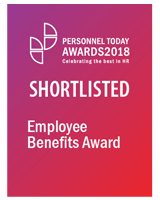Flexible benefits, once reserved for just the very large organisations, are gaining popularity among more and more mid-sized companies. The past few years have seen pay pots squeezed tighter and tighter and employers have had to get creative by exploring cheaper, alternative ways to reward their staff.
To achieve this, many organisations have focussed their attention on how they provide employee benefits, moving away from a ‘one-size fits all’ approach to a more employee driven, ‘flexible’ benefits platform. For the employee, this has the advantage of increasing perceived value, as they are able to tailor and personalise their benefits package according to their individual circumstances, as opposed to a more traditional, employer driven model. For employers, savings can be made by only funding a particular benefit for those employees who actually want it, as opposed to the blanket approach where a benefit is offered (and paid for) regardless of whether the employee wants it or not and there is no alternative to select if the employee doesn’t want it.
However, in adopting a flexible approach to benefits, and in an attempt to make savings, employers should not overlook what is considered to be a ‘core benefit’; while employees can be given the freedom to ‘flex’ benefit levels up or down depending on preference, the core benefit levels should be benchmarked against market and aligned to the organisation’s grade structure if appropriate.
Don’t underestimate the value of core benefits to employees. Take the steps to ensure your benefits package is the best it can be:
1. Research the core benefits by industry sector and employee category i.e. executives to admin. What are the key benefits offered by most companies in your sector or at each level?
2. Consult with your employees to understand what they want and what benefits they value the most. Is a Gen Y employee interested in the same benefits as an employee nearing retirement?
3. Benchmark your benefits to gain insight into how competitive you are in the market. Are you offering the right benefits to attract the right kind of talent to your business?
4. Design your benefits package with your employees in mind. Include flex and differentiate between benefit levels depending on grade.
5. Stand out from the crowd by offering something relevant to your organisation but unique in the market place.
6. Communicate with your employees regularly. This will ensure they fully understand what is being offered to them and the associated savings/value of the offering, helping to drive motivation and better engagement.
If you need help with benefits benchmarking or coming up with alternative benefits to make your business stand out from the crowd, we can work with you to undertake a Benefits Intelligence Audit. To find out more, get in touch: 020 3457 0894.











